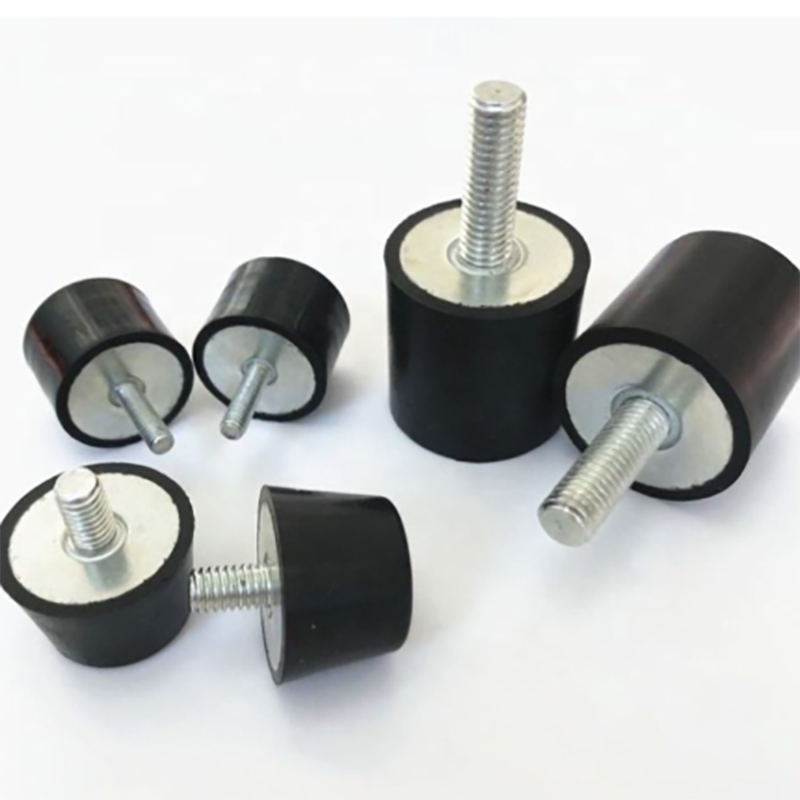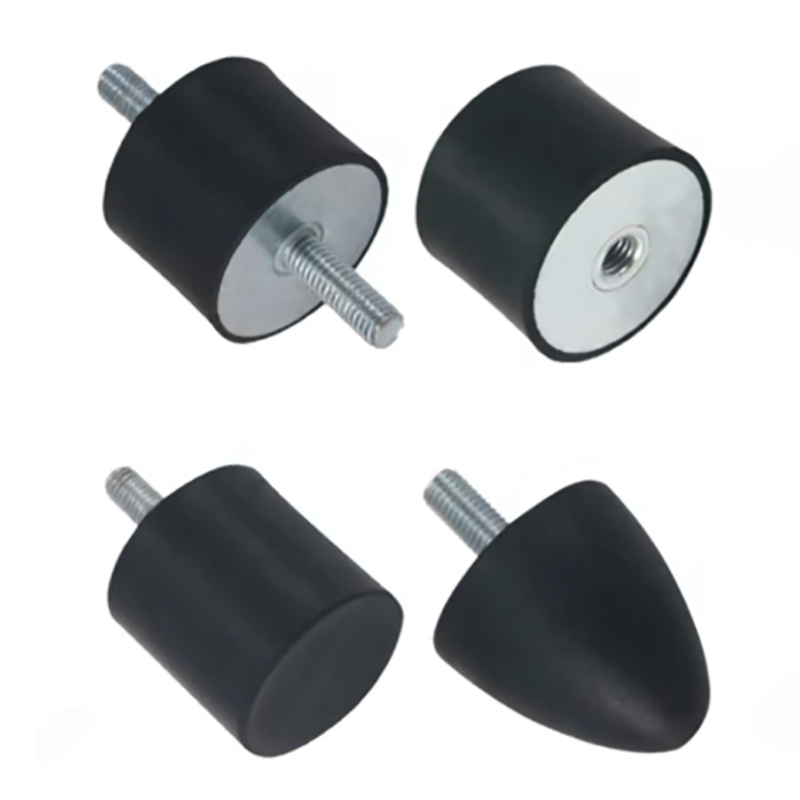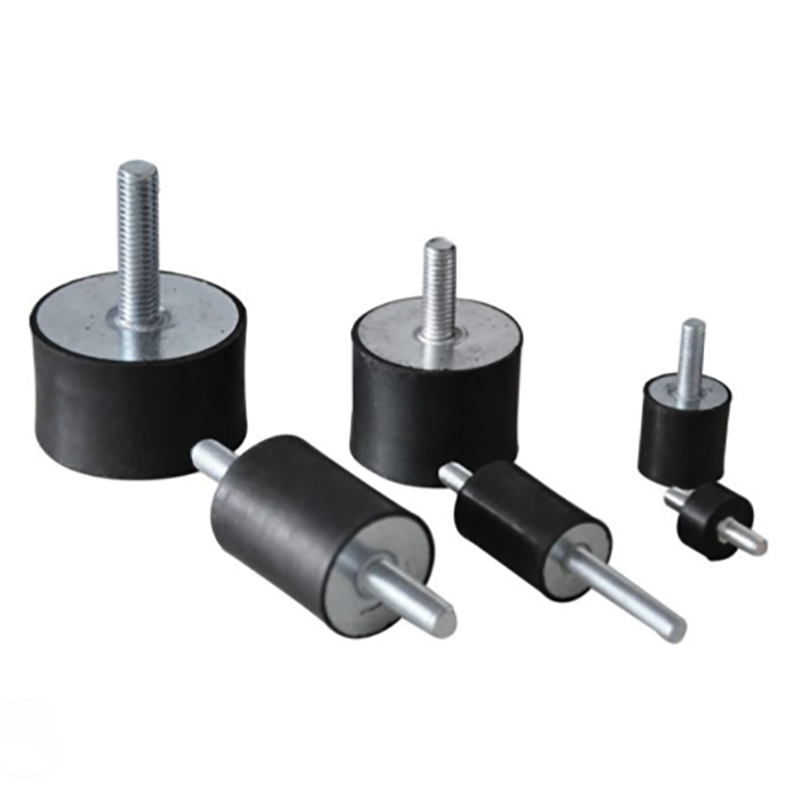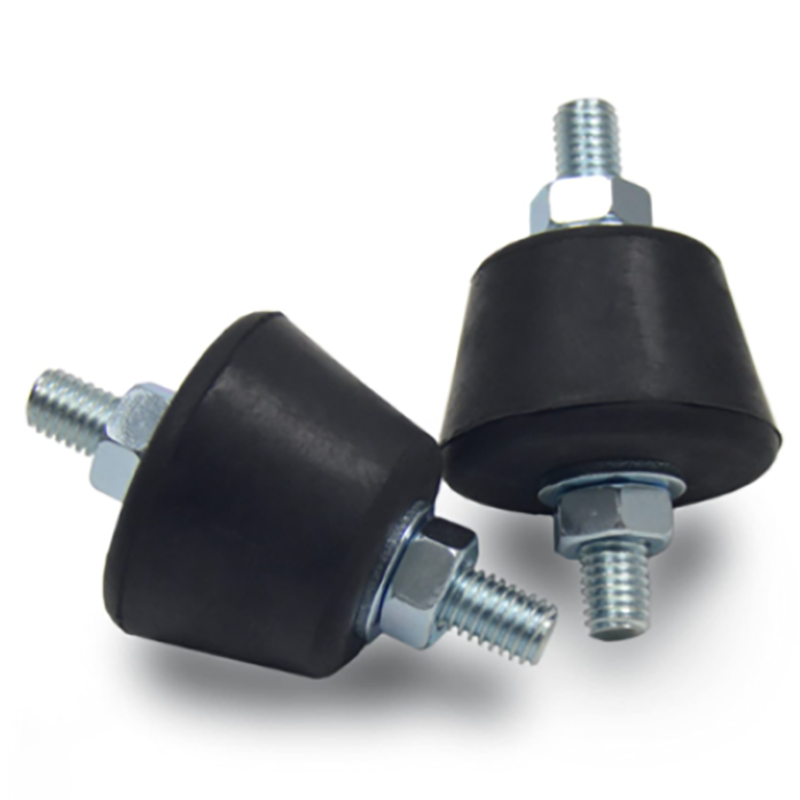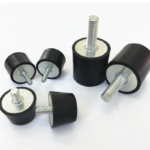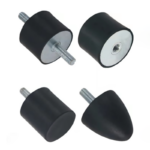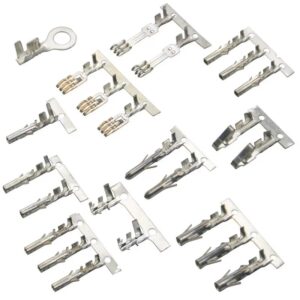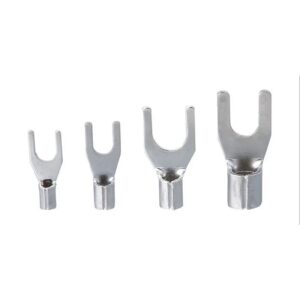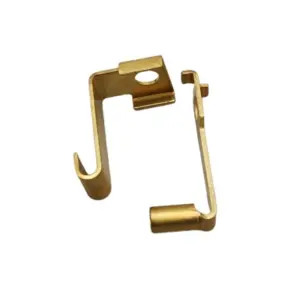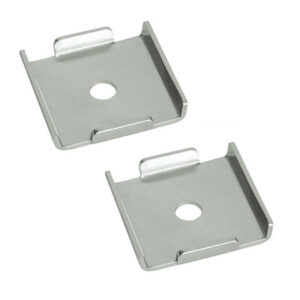Anti Vibration Rubber Mountings Isolator Mount Shock Absorber
By offering one-stop services, from product design to manufacturing and after-sales support, providing customers with comprehensive solutions and ensuring product quality and performance meet standa
 Our Service:
Our Service:
- Raw Material Procurement
- Manufacturing Production
- Quality Control
- Customization Options
- Assembly and Packaging
- Logistics and Shipping
- After-Sales Support
- Technical Support
- Customer Service
- Quality Assurance
- Product Design and Engineering Support
Products Featrues:
Material: Mostly use NR + Metal Screw. Custom material request is workable: EPDM, NBR, SBR, NR, Silicone(VMQ), Neoprene(CR), HNBR, XNBR, FKM, FFKM, FVMQ, FLAS, PTFE, PU, ECO, IIR, ACR, etc…
Certification: IATF 16949:2016 / ISO 9001:2015 / ISO 45001:2018 / ISO 14001:2015 /REACH/ROHS/MSDS/LFGB/F D A
Drawing: Format .stp / .step / .igs /.stl /.dwg / .pdf
Color: Almost all PMS colors available for Silicone (VMQ); Mostly black for other rubber materials, if other colors are required, please indicate it on inquiry.
Application: Industrial parts /daily supply / Automotive/ Medical device, etc…
Surface Treatment: Matte, Common polishing, Mirror polishing, Texture, Laser Engraving, Power Coating (Painting), Printing, Segmented colors, Mixed colors, etc.
Mold Material: No. 50 steel, No. 45 steel, P20, 8407, H13, 718H, etc.
Sample: Available. One cavity sample mold or 3D printing.
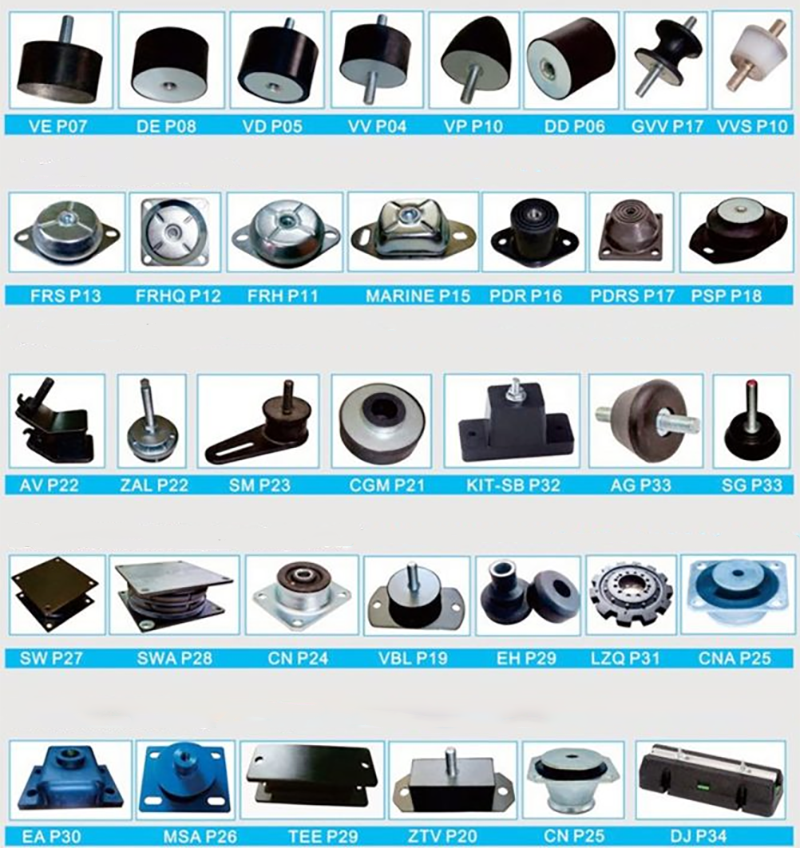
Quality Control
Here is the translation of the description of quality control in our factory for the production of Anti Vibration Rubber Mountings:
Quality Control Measures for Our Factory’s Production of Anti Vibration Rubber Mountings
Quality control in our factory is an essential process to ensure the quality and performance of Anti Vibration Rubber Mountings. The following are some common quality control measures that may be included in this process:
1.Raw Material Inspection:
- Inspect all incoming raw materials to ensure they meet specifications and quality requirements.
- Verify the physical properties of rubber materials, including hardness, elasticity, and abrasion resistance.
- Check the dimensions, material, and surface treatments of metal components.
2.Production Process Control:
- Monitor the production process to ensure all steps are carried out according to specifications.
- Regularly calibrate and maintain production equipment to ensure consistency and accuracy.
- Record key production parameters for traceability and analysis.
3.Visual Inspection:
- Conduct visual inspections to check for the absence of visible defects or flaws in the product’s appearance.
- Ensure that product dimensions and shapes conform to specifications.
4.Functional Testing:
- Perform performance tests on the Anti Vibration Mountings to ensure they meet design requirements.
- This may include tests for vibration absorption capacity, load-bearing capacity, temperature stability, and more.
5.Durability Testing:
- Conduct long-term durability tests under actual usage conditions to simulate the product’s performance in real-world applications.
- Ensure that the product does not experience material fatigue or failure over time.
6.Packaging and Labeling:
- Ensure proper packaging of products to prevent damage during transportation.
- Label products with essential information such as model numbers, batch numbers, and production dates.
7.Sampling Inspection:
- Randomly sample products from production batches for quality checks to represent the overall quality level of the batch.
8.Traceability:
- Establish record-keeping and traceability systems to track production batches and raw materials in case of issues.
9.Training and Employee Supervision:
- Train employees to ensure they understand quality control requirements and can execute their tasks correctly.
- Supervise employee work to ensure adherence to Standard Operating Procedures (SOPs).
10.Continuous Improvement:
- Regularly review the quality control process to identify opportunities for improvement to enhance product quality and production efficiency.
